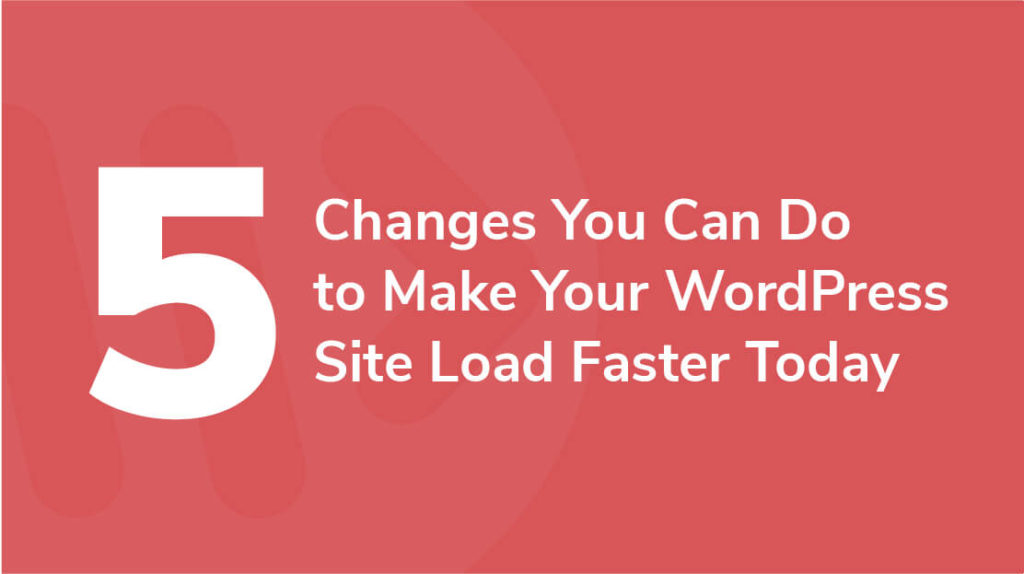We’re truly living in the age of the internet– raising an entire generation of digital natives who’ve grown to realize the promise we saw in the 90s and the aughts. It may not be as new as it seemed during the dot com boom, but that sense of awe has seemingly persisted throughout the past two decades. It’s easier to get things done on the internet than ever before, but we do still have some hiccups along the way. E-commerce for example, is an incredibly competitive space with little room for error. You’ve got to hit the ground running.
Platforms like Google, built on the strength of search algorithms, are a battleground of sorts for today’s fledgling enterprises. Brands that don’t wind up on the first page might not stand a chance in today’s market, and even among those who do, there are even more things you’d need to address. One big thing you may face is with your WordPress page’s load times. Sounds like a fairly insignificant thing, right? I mean, with today’s high speed internet connections, shouldn’t this be a non-issue?
The opposite is true, apparently. You have at the very least, a two second window to get your information out there. Any slower than that, and your visitors just bounce. Like, quite literally, that’s literally what the bounce rate metric means– when people ditch your site shortly after landing. You don’t want that– luckily, there’s a solution. There are ways to optimize your WordPress specifically for load times!
You may need to finesse your site’s backend a bit, but with properly optimized assets and a bit of on-the-spot troubleshooting, the extra effort will totally pay off. Here are some of our picks for 5 changes that’ll make your WordPress load faster than before!
Make sure you have the right hosting solution
If you’re expecting a lot of traffic or are looking to use a bunch of different plugins, you’re going to need a host to match. You’re going to want to ask around for people’s experiences with specific hosts, especially with regards to uptime, server speeds in your area, and customer support. Making an informed choice could shave crucial seconds off of your load time if you play your cards right.
Stay on top of your update cycle
Depending on the type of installation you have, updates for things like plugins or the WordPress installation itself may not be up to date with their latest patches. With the changing pace of the internet, it’s of the utmost importance to ensure that each plugin is up to snuff with the demands of the day, and is secure against most threats. A good update cycle would fix that. If your updates are manual, make sure you stay on top of that release schedule. Double check if you have any plugins that may have lost support over the time you’ve used them– they might be worth replacing if the publisher no longer issues updates.
Optimize your assets
Having nice, striking images or video on your site could work really well for its aesthetics, but do remember that large, uncompressed assets could negatively affect your load times. Heavy files take more data to load, so that should be a consideration. You could probably go for some form of lossless or near-lossless compression, or just use smaller photos when and where you can. Always make sure you check off lazy loading if you can– that also helps you with images quite a bit.
Keep it cache money
Caching allows you to keep images in memory for faster load times in subsequent visits. There are backend settings for this, but if your WordPress installation doesn’t come with these stock, you may want to invest in a caching plugin– a little dab’ll do ya.
Practice minimalism
Now, this doesn’t have to be as much of a specific pointer as it is a general guideline you should follow when you’re constructing assets for efficiency. This isn’t just a Marie Kondo hype train kind of thing– you want a focused site experience, and a minimalist mindset helps with that tremendously. Try stripping elements of your page away until you’re left with the bare essential amount of information necessary. Some elements may be deleted or combined, or simply edited for brevity. If you have less elements to load, and your installation isn’t bogged down by a superfluous amount of plugins (that may or may not be updated), you’re going to cut load times down significantly.


